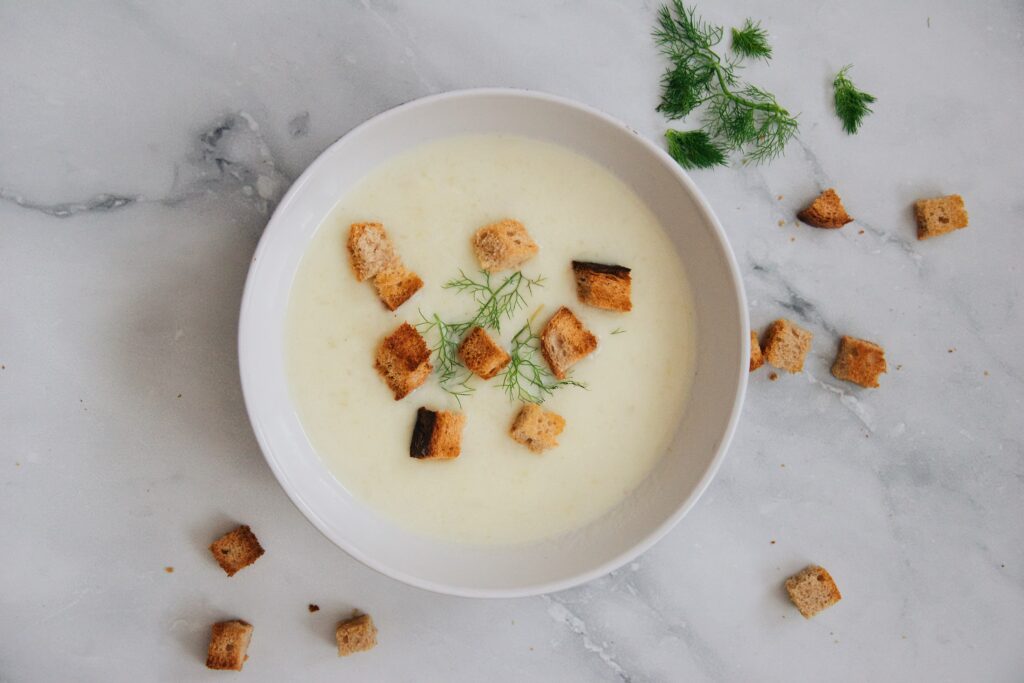In the vast world of plant-based foods, there’s an unsung hero you likely haven’t tasted yet. Enter: lupini beans. These tiny legumes aren’t as famous as their chickpea counterparts, but they pack an impressive nutritional punch. Whether you’re trying to eat more fiber, balance your hormones, or switch things up in the kitchen, add lupini beans to your grocery list. From snack plates and hummus—to creative salads and pasta—there’s no shortage of ways to enjoy lupini beans. It’s time to uplevel your meals with these simple lupini bean recipes.

what are lupini beans?
Lupini beans—also known as lupin beans—are a type of legume. They’re a close relative of peas! And their history runs deep. For centuries they’ve been a focal point in Middle Eastern recipes, but they’re starting to fill more grocery aisles. Lupini beans are renowned for their essential nutrients and high protein content, making them an excellent source of plant-based protein! Additionally, lupini beans are naturally gluten-free, rich in dietary fiber, and low in fat.
How to properly prepare lupini beans
While lupini beans have a plethora of health benefits (and culinary versatility), they need to be properly prepared. After, they transform into a delightful and nutrient-packed ingredient. That said, you don’t have to make them from scratch. Instead, use boxed lupini bean pasta or pre-packaged beans. Regardless, lupini beans are a nutritious and flavorful food. To properly prepare lupini beans, follow these simple steps:
Soak: Start by placing dried lupini beans in a large bowl. Cover them with cold water. Use about 3-4 cups of water for every cup of dried lupini beans. Soak them for 5-7 days, changing the water daily. Taste a bean to check for bitterness; continue soaking if needed until the bitterness is mostly gone.
Boil: Once the beans are no longer bitter, drain them and transfer them to a large pot. Cover them with fresh water and bring to a boil. Boil for about 15-20 minutes to ensure they are fully cooked. Boiling also helps remove any remaining bitterness.
Rinse: Drain the boiled lupini beans. Rinse them under cold water to remove any residual bitterness and excess salt. Your prepared lupini beans are now ready!

What are the health benefits of lupini beans?
They’re a nutritional powerhouse.
source of plant protein
Lupini beans are a fantastic source of plant-based protein, making them a favorite among vegans and omnivores alike. Just a single serving can provide a significant portion of your daily protein needs.
support digestion
They’re rich in dietary fiber, which not only supports a healthy digestive system but also stabilizes blood sugar levels. Lupini beans help keep you full and satisfied!
low in fat
Naturally low in fat, lupini beans are a heart-healthy option that can help reduce the risk of cardiovascular diseases.
suitable for gluten-free diets
For those with gluten sensitivities or celiac disease, lupini beans are a safe and nutritious choice. As with other legumes, they’re naturally gluten-free.
packed with essential nutrients
Lupini beans also supply essential nutrients such as iron, magnesium, phosphorus, and potassium, contributing to overall health and well-being.

Lupini beans and blood sugar
As mentioned, lupini beans support stable blood sugar levels. And this is fantastic for both short-term and long-term health. First, their fiber slows down the absorption of your meal’s starchy carbs, preventing rapid spikes in blood sugar. In turn, this gradual sugar release helps maintain steady energy levels. It also reduces the risk of sudden energy crashes—which can lead to sugar cravings and irritability. Second, thanks to their protein count, lupini beans promote satiety (fullness). If you’re looking to manage your blood sugar levels more effectively, start adding lupini beans to your plate.

how to eat lupini beans
As a wholesome snack, simply season cooked lupini beans with a pinch of salt. For a protein-packed addition to salads or soups, incorporate them just like you would with chickpeas or black beans. If you’re feeling creative, use ground lupini beans as a couscous salad alternative (add olive oil, mint, feta, lemon, red onion, etc.). Lupini beans can also be blended into spreads or dips, such as lupini bean hummus. Lastly, swap traditional noodles for lupini bean pasta. Toss with tomato sauce, pesto and veggies, or even make a lupini bean mac and cheese.
5 lupini bean recipes
Need more inspo? Below are five lupini bean recipes you can add to your weekly meal prep repertoire. Enjoy!
Lupini bean salad with fresh herbs and lemon dressing
This refreshing salad combines ground lupini beans with fresh herbs like parsley and mint, drizzled with a zesty lemon dressing. It’s a perfect summer side dish or a light meal.
Lupini bean and roasted red pepper hummus
Swap out chickpeas for lupini beans in your homemade hummus for a creamy and flavorful dip. Add roasted red peppers for an extra burst of flavor.
Lupini Bean and Vegetable Stir-Fry
Create a nutritious and colorful stir-fry by tossing cooked lupini beans with a medley of your favorite veggies and a savory stir-fry sauce. Serve it over rice or noodles for a satisfying meal.
Lupini Bean and Spinach Soup
Warm up on a chilly day with a hearty lupini bean and spinach soup—simply swap the beans for lupini beans. The beans add a creamy texture and extra protein to this comforting bowl of goodness.
Spicy Lupini Bean Tacos
Spice up your taco night by using ground lupini beans as a filling. Season them with your favorite spices and load them into tortillas with avocado, lime, salsa, and cilantro.

This article contains affiliate links. Thank you for supporting Wellness with Edie! This article is for informational purposes only. It is not, nor is it intended to be, a substitute for professional medical advice, diagnosis, or treatment and we recommend that you always consult with your healthcare provider.



Leave a Reply